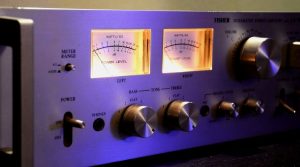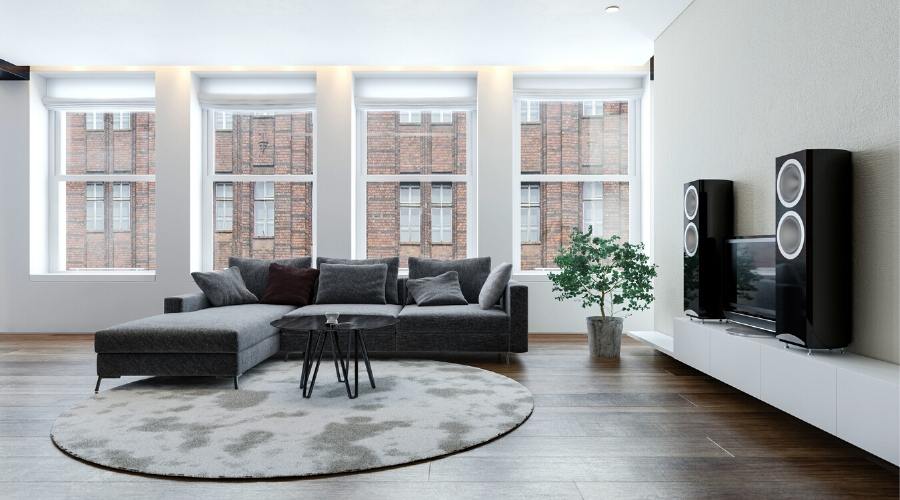Nothing sounds more relaxing after a long day at work than listening to music in the comfort of your home. Want your home to be filled with high-quality sounds? Consider a whole house sound system design.
Today, a whole house sound system design is possible. However, first, you need to know the basics of it. That’s what we’ll look at in today’s post.
Have a Plan
Before anything else, visualize how you want your whole house sound system design to function. Think about critical features such as the number of rooms or areas to cover, audio sources, controlling the sound system, the placement of components, and, most importantly, your whole house sound system design budget.
Rooms to Include
Figure out how many rooms in your house you want the sound system to cover. This will ultimately dictate how much budget you need to allocate for the project. Additionally, it will also tell you what components you need and how many pieces of equipment you need to purchase.
Do you want to include your living room? What about the bathrooms? How many bedrooms would you like to cover? Is the kitchen included? Is the patio? Do you want to extend it to the pool area or the garden?
Selecting the Audio Components
After finalizing the number of rooms in the house you want to include in your whole house sound system design, you can determine what type of audio components you wish to purchase.
 Primarily, you want to think about what audio sources you would want the system to have.
Primarily, you want to think about what audio sources you would want the system to have.
Do you want a single sound source for multiple rooms? Or do you prefer different audio sources for different rooms?
There’s no right or wrong answer to this one. However, for expert recommendations, it’s best to turn to a whole house sound system design specialist.
Audio sources include televisions, CD players, gaming consoles, radio tuners, turntables, or online music streaming services. However, keep in mind that the more audio sources you have, the more complex and the higher the cost of the whole house sound system design will be.
Once you know how many audio sources you want to include, it’s time to think about how many speakers you want in the installation. For the highest quality of sound possible, consider getting subwoofers, midrange speakers, and tweeters for every room.
Speaker System: Wired or Wireless
You may either choose a wired or wireless sound speaker system. Wireless speaker setup is easier to install. You only need the power cable and socket to connect the speaker system to a streaming device – as the name suggests, wirelessly. You can also use Bluetooth audio sources or Bluetooth speakers.
If ever you decide that you want to move wireless speakers to a different room or area in the house, it’s easier and more convenient. They are easy to set up, and you only need a WiFi connection to the streaming device. Their convenience and user-friendliness make wireless speakers more expensive than their wired counterpart.
Speaker System: Amplifier

When it comes to an amplifier, you need one that can meet your whole house sound system design needs. If you feel one is not enough, feel free to get several amplifiers.
Consider getting an amplifier for every room, or perhaps opt for multiple speakers assigned to one amp.
Installation of the Audio System
After selecting each component for your audio system, it’s time to think about the layout and placement throughout your home.
Typically, the sound system manual will have ideal layout options. However, these recommendations will only work best if they match the size of your room.
When it comes to whole house sound system, the most important thing to remember is that audio should permeate well throughout the house.
As for the actual installation of the sound system, you can go the DIY route, or you can hire a professional installer.
If you’re confident enough in your skills, you can certainly do the installation of yourself. However, some steps, such as installing in-ceiling speakers or in-wall speakers, are best left to a professional. You wouldn’t want to risk tearing up your wall and not sealing it properly during the installation.
Additionally, if your whole house sound system design includes advanced features such as automation, it makes more sense to employ the services of a professional.
